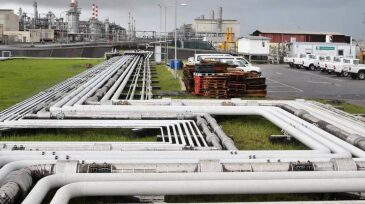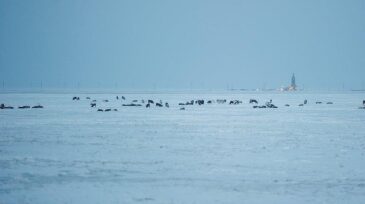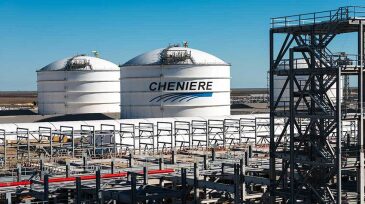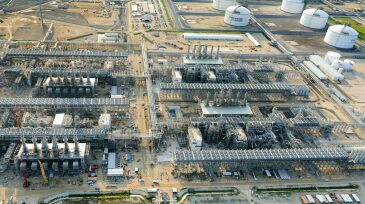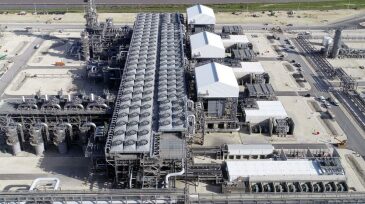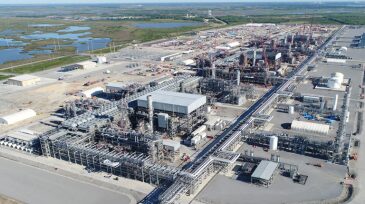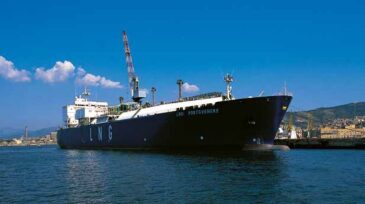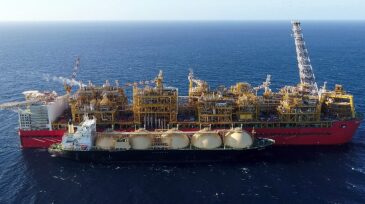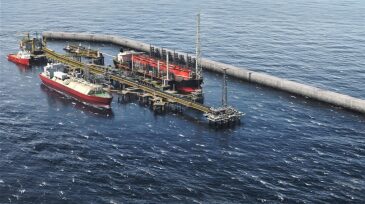LNG
-
After failing to meet a previous 2018 deadline, the owners of the Bonny Island plant say they are close to sanctioning the expansion project following the signing of a letter of intent to a consortium of Saipem Chiyoda and Daewoo for EPC services. Train 7 will add 8 mtpa to Bonny Island’s production
-
With a production capacity of nearly 20 mtpa, Wood Mackenzie says the project would be the largest single project to reach FID. Novatek plans to spend more than $21 billion to launch the project at full capacity. Startup is scheduled for 2023.
-
Operator Cheniere now has seven completed liquefaction trains under its control, with two trains done at Corpus Christi and five at Sabine Pass. First commercial delivery from Corpus Christi is still on track for May 2020.
-
The berth project would accomodate an increased number of carriers arriving at the LNG export terminal in Louisiana, minimizing delays caused by adverse weather or ship traffic and removing bottlenecks associated with LNG loading.
-
Freeport marks the sixth major LNG export facility to start operations in the US. Commercial deliveries are expected to begin in September, with Osaka Gas and JERA taking half of the Train 1’s offtake capacity.
-
The US EIA reports that natural gas deliveries producting LNG for export reached 6.0 Bcf/D in July. Deliveries to LNG export facilities have been the fastest growing among all natural gas consumption sectors this year.
-
The launch will make Shenzhen Gas the second Chinese city gas distributor backed by a local government to own an LNG import facility, following Shenergy Group’s Shanghai import terminal. Eni is set to deliver an initial cargo to the facility.
-
Exports capacity has been rising for a decade and is on track to become the world leader within a year.
-
The E&P company said that a reduction in its interests for projects off the coast of the West African nations should still happen by the end of this year. This includes the large Greater Tortue Ahmeyim LNG project, which is set to start up in 2022.
-
Approximately $200 billion in projects worldwide are racing to be approved over the next 2 years. The race is not just to make FIDs on projects, but also to enter FEED work to lock in contractors before others do.

